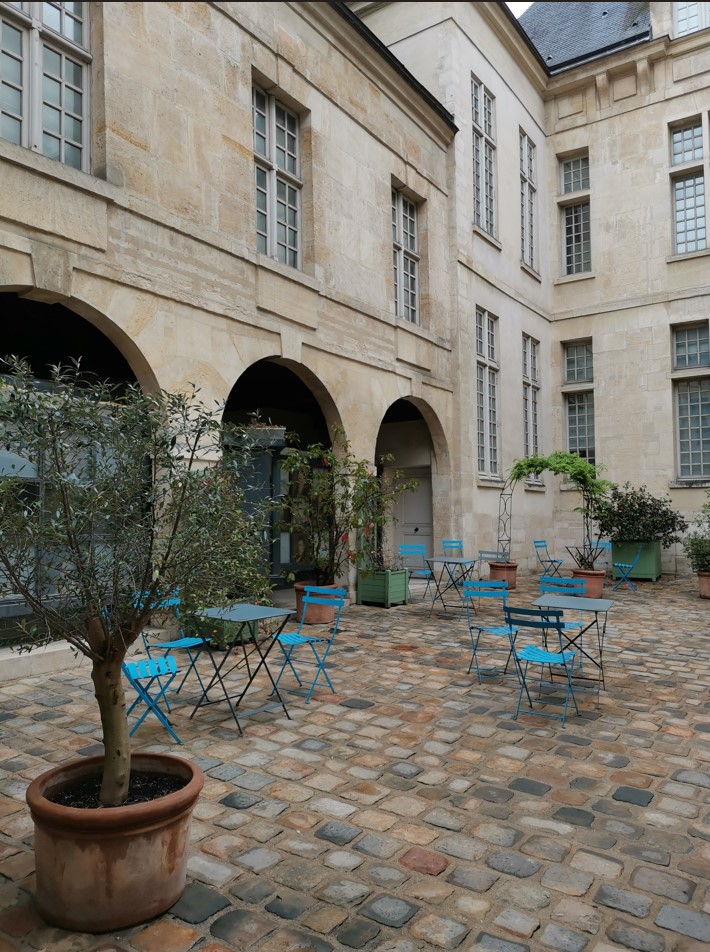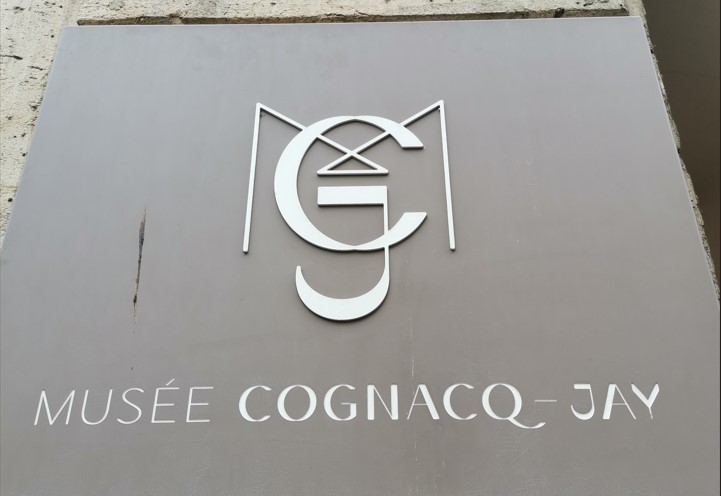Cognacq-Jay museum (Hôtel Donon)
 Where is the Musée Cognacq-Jay and how do I get there?
Where is the Musée Cognacq-Jay and how do I get there?When did construction of the Musée Cognacq-Jay begin? Why was the Musée Cognacq-Jay built? Who commissioned it?
Description of the Cognacq-Jay museum
Who is the current owner of the Musée Cognacq-Jay and what is its current use?
Where is the Cognacq-Jay museum and how do I get there?
The Cognacq-Jay museum is located at 8 rue Elzévir, in the heart of the Marais district, in the 3rd arrondissement. It's open from Tuesday to Sunday, from 10 a.m. to 6 p.m.
Easy to get to, you can choose to take the metro, stopping at Saint-Paul (line 1), Chemin-Vert (line 8), or Rambuteau (line 11).
If you prefer the bus, the museum is not far from the Saint-Paul and Turenne-Saint Gilles stops, served by lines 29, 69, 76 and 96.
When did construction of the Cognacq-Jay museum begin? Why was the Musée Cognacq-Jay built? Who commissioned it?
 The Musée Cognacq-Jay is located in L'hôtel Donon, a private mansion built in 1575 by the de Donon family, who owned it until 1640, when it was converted into a museum.
The Musée Cognacq-Jay is located in L'hôtel Donon, a private mansion built in 1575 by the de Donon family, who owned it until 1640, when it was converted into a museum. Having been used for commercial purposes during the 19th and 20th centuries, the Hôtel Donon was in dire need of restoration, which explains the time lapse between the acquisition of the building by the Mairie de Paris and the opening of the Museum.
It was in 1974 that Paris City Hall acquired the Hôtel Donon, to create the Cognacq-Jay museum.
Ernest Cognacq and his wife Marie-Louise Jaÿ were the founders of the Parisian department store La Samaritaine. They bequeathed to the City of Paris a fine collection of 18th-century works of art and paintings.
In 1980, the municipality needed a place to display the Cognacq-Jay collections, and found that its proximity to the Carnavalet museum made the recently renovated Hôtel Donon the perfect place to house these works. This is how the objects and works of art of the Cognacq-Jay couple can be admired today.
Description of the Cognacq-Jay museum
The Hôtel Donon was built according to the usual plan for hotels of the period, with the buildings arranged around a rectangular courtyard. The main building, at the far end, is set between courtyard and garden, in the Parisian style. Two small pavilions face the courtyard and garden. Like most 16th-century hotels in the Marais, the main building was designed in the style of the period. There are two floors of equal height. The first floor was reserved for reception apartments. The second floor is topped by a high roof, which today remains one of the most beautiful in the world.
The architecture of the Hôtel Donon owes its elegance to the perfect rhythm of its openings: half cross - cross - cross - half cross. In the courtyard, everything is subtly positioned to create a pyramid effect; the two dormer windows in the attic are united under a single pediment, while on the garden side, only the full cross-headings are topped by dormer windows. No element weighs down the pure, simple style of the Hôtel Donon. The main building is intact, but this is not the case for the pavilions, which appear to have been added at a later date.
Today, some of the period's decorative elements are on display at the Musée Cognacq-Jay: in the chambre basse (room IV of the museum) and in the north pavilion overlooking the garden (room II), beamed ceilings and exposed joists, painted in imitation of marquetry with ornaments such as rosettes of foliage. The white and gold woodwork in the same pavilion and in the large room on the first floor (Room III) dates from the early 17th century.
the Cognacq-Jay museum houses works acquired by the art-loving couple.
Who is the current owner of the Cognacq-Jay museum and what is its current use?
The museum itself is a municipal museum; it belongs to the mayor's office, it's public. As early as 1980, Paris City Hall decided to use the Hôtel Donon to house the Cognacq-Jay collections, a couple of collectors, and turn it into a humble but rich museum.
Article written by Aurélia Paci





